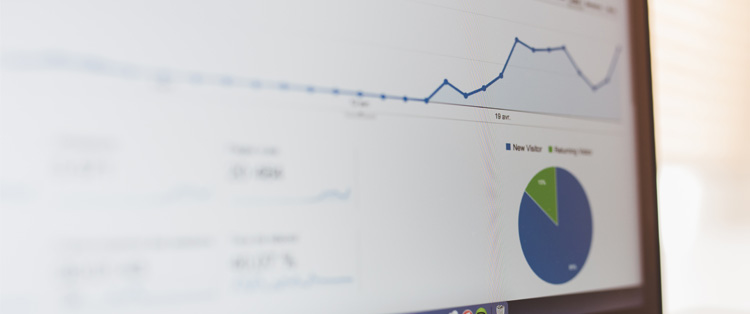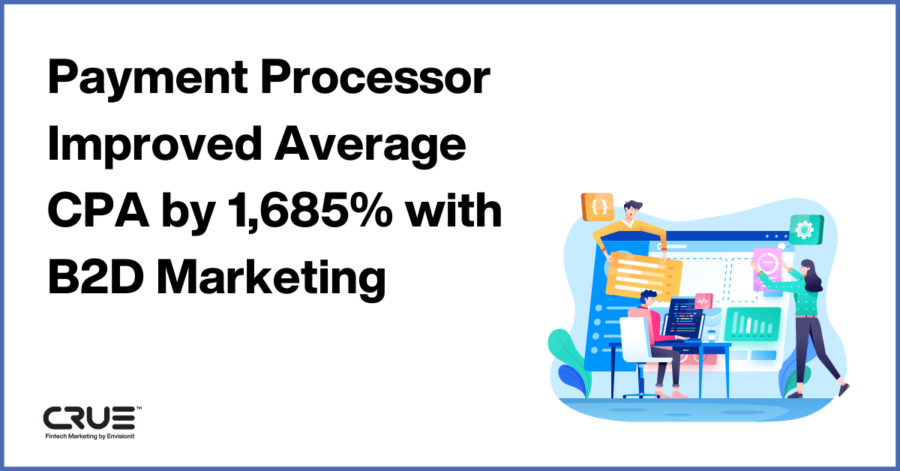Key Performance Indicator. Sounds fancy. It is.
Key Performance Indicators are valuable measurement tools for digital marketers (and their clients) to use in determining how paid and organic efforts are performing against quantifiable goals. KPIs in digital marketing vary widely, depending on the client’s goal: advertisers may want to focus on site-based KPIs such as new visitors or bounce rate, while paid campaigns might look to cost per click or click-thru rate as key indicators of performance success.
When and where to use a specific KPI measurement is dependent on the goals of the campaign in question. If a campaign is designed to build awareness, for example, you wouldn’t want to measure success based on something like Return on Investment: it would leave the campaign looking like a failure, and the client nothing but disappointed. Consumers need to be guided from the top of the funnel down; marketers should use the appropriate KPIs to measure success at each of the steps on their way.
If this seems a bit confusing to you, you’re not alone: understanding correct KPI use across the different stages of the marketing funnel is an industry-wide concern. In order to make this concept a bit easier to grasp, let’s equate each step in the funnel to something we all know about—dating & relationships—to help understand the proper use of Key Performance Indicators from the top of the funnel to the bottom.
Dating (Top of the Funnel)
The top of the funnel is all about attraction. At this stage, you have a pretty good sense of your ideal customer; but there has to be more, right? Never pick quantity over quality, as they are both equally important to your campaign’s foundation. New customers don’t know they need or want you at this stage so you need to put your brand in front of them. If available, use your CRM data to help build personas so that you have a great platform to begin your marketing campaigns.
Top Funnel KPIs
- New Site Visitors
- Time Spent
- Pages Viewed
Relationship (Middle-Funnel)
Okay, they really like you but they are not screaming those three little words from the rooftops just yet. Yep, we just moved from the friend zone to the middle zone, I mean FUNNEL. Your customers learned about your brand and now you’re starting to see some real conversions. At this stage, it’s all about nurturing and learning to adapt to your new customer wants. Here, your KPIs start to center around cost efficiencies as you start to personalize your creative and media placements to keep your customers coming back. You do not want to keep throwing money into someone who isn’t interested, so it’s best to optimize towards best-performing audiences.
Middle Funnel KPIs
- Cost-per-Click (CPC)
- Cost-per-Acquisition (CPA)
- Cost-per-Lead (CPL)
Marriage (Bottom of the Funnel)
You’re their person. They chose you. Congrats! You have made it to the bottom of the funnel; but, the real work begins at this stage. Growth. You will be challenged to keep retaining their attention and finding new ways to connect as you hit different stages of their lives. Stay relevant and never stop challenging your team to be more than just a brand, be significant.
Bottom Funnel KPIs
- Return on Investment
- Lifetime Value
Every brand is unique and no matter if you’re classified under the same vertical as a competitor, the marketing question remains the same: Am I doing this right? Use these funnel-stage KPIs to successfully guide your brand, whether its journey begins at the top or the bottom.
Like dating, associating the correct KPIs with the proper stage of the market funnel can be mired in confusion, as there are just so many options available; and, none of them are inherently “wrong”. However, choosing a bottom-funnel Key Performance Indicator to measure a top of the funnel campaign will only set you and your client up for disappointment down the road.
Remember, it is important to move your target audience down the marketing funnel; so, every digital marketing effort you undertake along the way should be measured against the goals of that specific step, not the long-term, overall outcome. After all, measuring the success of an awareness campaign based on something like Return on Investment is as silly as expecting marriage after a first date: so, take it slow, move your audience down the funnel, and measure your results based on where they are in each step along the path.













